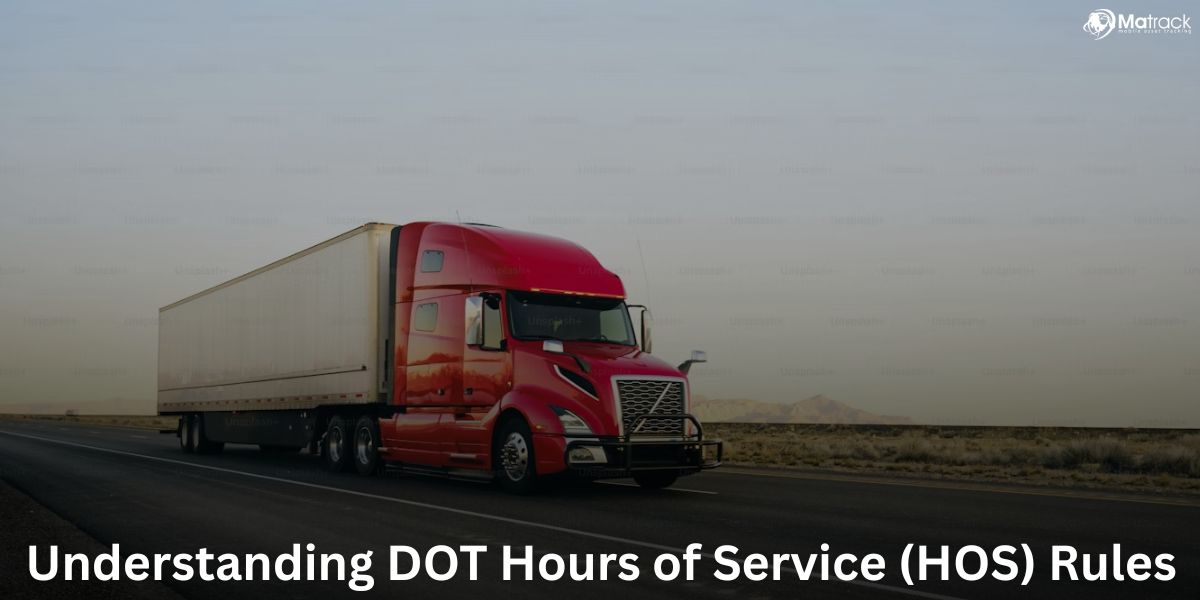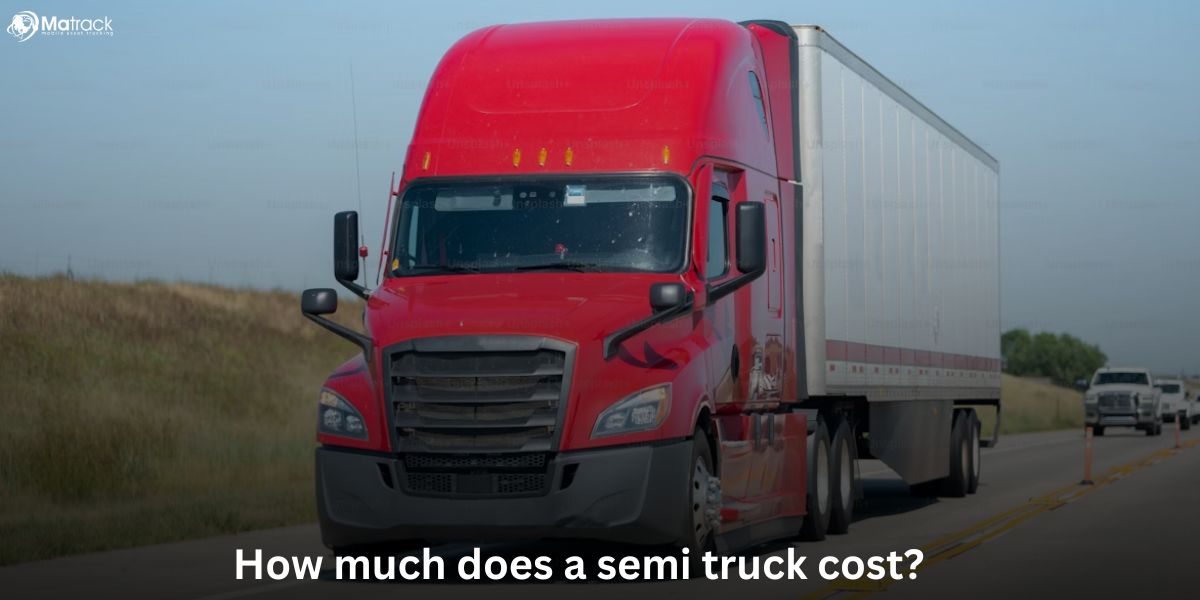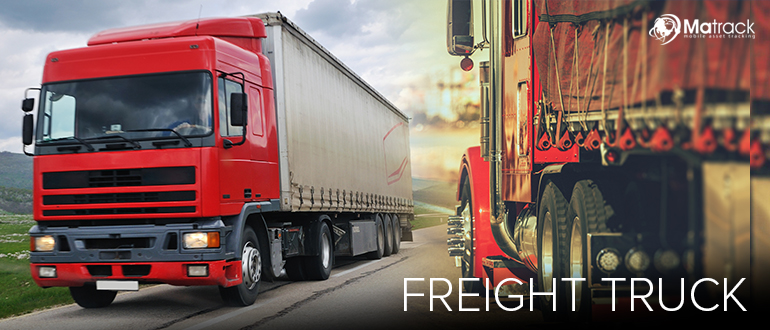Key Takeaways
- Hot shot rates per mile vary from $1.50 to $3.50 based on fuel costs, demand, and location.
- To set profitable rates, calculate your cost per mile and add a 25-50% margin.
- Choosing the right pricing model and negotiating rates help maximize earnings.
- Minimizing deadhead miles and adjusting for fuel costs ensures long-term profitability.
Setting the right hot shot rates per mile is important for running a profitable trucking business. Charge too little, and you lose money. Charge too much, and customers might look elsewhere.
This guide will help you figure out how to set rates that cover your costs and bring in a good profit while staying competitive.
Understanding Hot Shot Trucking Rates
Hot shot trucking involves hauling small, time-sensitive loads using medium-duty trucks. The rates you charge per mile depend on various factors like fuel costs, maintenance, location, competition, and demand.
Average Industry Rates
- General hot shot loads: $1.50 – $3.50 per mile
- Owner-operators: $2.00 – $3.00 per mile
- Expedited or priority loads: $3.00 – $5.00 per mile
These rates vary based on location, type of load, and customer urgency.
Step-by-Step Guide to Setting Hot Shot Rates
Step 1: Calculate Your Cost Per Mile
Before setting rates, you need to know how much it costs to run your truck per mile. This ensures you charge enough to make a profit.
Formula:
Total Expenses÷Total Miles Driven=Cost Per Mile
Fixed Costs (Do not change per mile)
- Truck & trailer payments: $500 – $2,500 per month
- Insurance (liability, cargo, etc.): $500 – $2,000 per month
- Licensing & permits: $100 – $500 per month
- Office expenses: $50 – $300 per month
Variable Costs (Change based on miles driven)
- Fuel costs: $0.50 – $0.80 per mile
- Maintenance & repairs: $0.10 – $0.30 per mile
- Tolls & parking fees: Varies by route
- Driver wages (if hiring a driver)
Once you know your cost per mile, set your rates 25-50% higher to ensure a profit.
Step 2: Research the Market
To stay competitive, check what others are charging. Use load boards like DAT or Truckstop.com to see current market rates.
Factors Affecting Rates
- Location: Some states and regions pay better than others.
- Seasonality: Rates may be higher during busy seasons.
- Type of freight: Heavy, oversized, or urgent loads pay more.
Compare rates from other drivers in your area and adjust accordingly.
Step 3: Choose a Pricing Method
There are three common ways to charge for hot shot loads:
1. Per Mile Pricing (Most Common)
Good for long hauls and general freight.
(Fixed Costs + Variable Costs) ÷ Total Miles + Profit Margin = Rate Per Mile
Example:
If your cost per mile is $1.50, and you want a 40% profit margin, charge:
1.50+(1.50×0.40)=2.10 per mile
2. Flat Rate Pricing
Good for short-distance or high-priority loads. Instead of charging per mile, set a flat fee.
Example:
- 100-mile load = $250 – $400
- 300-mile load = $700 – $1,000
3. Hourly Rate
Good for local deliveries and waiting times.
Most hot shot drivers charge $50 – $100 per hour, depending on the job.
Using a mix of these pricing methods can help maximize earnings.
Step 4: Account for Deadhead Miles
Deadhead miles are miles driven without a load. These miles don’t generate income but still cost fuel and time.
Solution: Adjust your pricing to cover these costs.
Example:
- Loaded trip: 300 miles @ $2.50 per mile = $750
- Return trip (empty): 300 miles
- Adjusted rate: Increase loaded rate to $3.00 per mile to compensate.
To reduce deadhead miles, plan backhauls by picking up return loads.
Step 5: Adjust for Fuel Costs
Fuel is one of the biggest expenses in hot shot trucking. Prices change often, so keep track and adjust rates when necessary.
Ways to Manage Fuel Costs
- Calculate fuel cost per mile (If fuel is $4.00/gallon and your truck gets 10 MPG, then fuel costs $0.40 per mile).
- Add a fuel surcharge when prices rise.
- Use fuel discount programs like Mudflap, EFS, or Fleet One.
Step 6: Book the Right Loads for Maximum Profit
Not all loads are worth taking. Focus on high-paying freight and repeat customers.
How to Get Better Loads
- Use premium load boards to access higher-paying shipments.
- Build relationships with brokers and shippers for direct contracts.
- Target industries with high-paying freight like construction, medical supplies, or oilfield equipment.
- Plan multi-load routes to increase revenue on a single trip.
Avoid taking low-paying loads that don’t cover expenses.
Step 7: Negotiate Rates with Brokers and Shippers
Many brokers offer lower rates at first. Negotiation can help you get better pay.
Tips for Negotiating
- Know your minimum rate. Never take loads below your cost per mile.
- Explain your value. If you offer fast, insured delivery, highlight that.
- Use market data. Show industry trends to justify higher rates.
- Reject low offers. Stand firm on pricing when necessary.
Having direct contracts with shippers is the best way to earn higher, steady rates.
Step 8: Stay Competitive and Profitable
Keeping your business running successfully means monitoring expenses and adjusting rates as needed.
Best Practices
- Track costs carefully and adjust pricing as needed.
- Maintain your truck regularly to avoid costly breakdowns.
- Offer extra services like LTL (Less-Than-Truckload) or last-mile delivery.
- Stay informed on industry changes, fuel costs, and new regulations.
A well-planned pricing strategy ensures long-term business success.
Conclusion
Setting the best hot shot rates per mile is about covering costs, making a profit, and staying competitive. Calculate your cost per mile, research the market, and choose the right pricing method. Adjust for fuel costs, negotiate better rates, and focus on high-paying loads.
Following these steps will help you earn consistent and profitable income in the hot shot trucking industry.
Frequently Asked Questions
What is the cost per mile for hot shot trucking in Texas?
Hot shot trucking rates in Texas typically range from $1.50 to $3.50 per mile, depending on fuel costs, demand, and load type. High-demand areas and expedited loads can push rates toward the higher end of this range.
How much does it cost per mile to operate a semi-truck?
The average cost per mile to operate a semi-truck is $1.50 to $2.50, covering fuel, maintenance, insurance, and other expenses. Larger fleets may have lower costs, while owner-operators often face higher expenses.
What are the average trucking rates per mile for owner-operators?
Owner-operators usually charge between $2.00 and $3.50 per mile, depending on location, freight type, and current fuel prices. Negotiating direct contracts with shippers can help secure better rates and increase profits.
How much do hot shot drivers make per load?
Hot shot drivers typically earn between $200 to $1,000 per load, depending on distance, urgency, and freight type. Short local hauls pay less, while long-distance or specialized loads bring in higher earnings.



